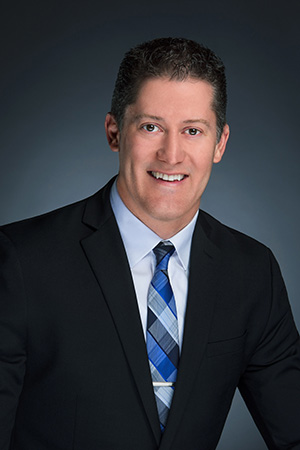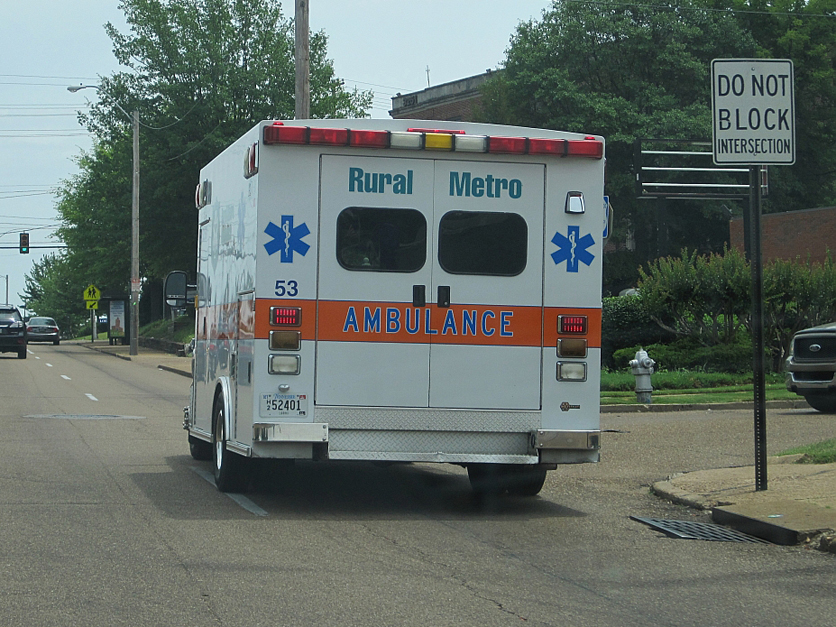Rural hospitals were already struggling to stay open before the COVID-19 pandemic struck. Now, many face escalated closures due to the stoppage of elective surgeries, sky rocketing prices of personal protective equipment (PPE) and what some say amounts to being overlooked in the recently-passed recovery bill.
“Two more rural hospitals have closed this week, one in West Virginia and one in Kansas. Before the pandemic, nearly half [rural hospitals] were operating at a financial loss.” explained Maggie Elehwany, vice president of government affairs and policy at the National Rural Health Association.
“COVID-19 will escalate closures and this stimulus package has once again left rural America behind," she added.
The Coronavirus Aid, Relief, & Economic Security (CARES) Act, which was signed into law by President Trump last week, included funding for local hospitals to address medical surge capacity issues related to the pandemic and offset the lost revenue.
A summary released by Sen. Chuck Grassley, R-Iowa, as well as analysis by the National Association of Counties, both provide an overview of the key provisions:
- There's $100 billion for health care providers, including those in rural areas, to offset costs and boost response efforts;
- Rural providers will be allowed to seek relief through Small Business Administration programs, including the Paycheck Protection Program loans that can be forgiven and economic injury disaster loans, among other forms of relief;
- Hospitals can receive an advance on Medicare payments. Critical Access Hospitals can be advanced up to 125%;
- Some $1.32 billion in supplemental funding is targeted to community health centers;
- In each fiscal year through FY2025, there will be $29 million in funding to boost telehealth projects and another $79.5 million for “evidence-based projects that utilize telehealth technologies through telehealth networks.”
- $79.5 million for each fiscal year until FY 2025 for rural outreach and critical medical services improvements in rural communities.
On Tuesday, Grassley told reporters hospitals "aren’t doing elective surgery now, and that’s where a lot of rural hospitals make their money. ... It's going to impact their cash flow, so this is going to help with their cash flow.”
Yet rural hospitals, which play an important role in stopping COVID-19 by providing access to testing and care to patients in remote areas, "will have to compete for loans, when they should be focusing on providing care,” said Elehwany.
Elehwany is also concerned that the Medicare provisions in the bill that were designed to provide access to upfront cash are, in actuality, loans that will have to be repaid to the Centers for Medicare and Medicaid Services (CMS) with interest if delinquent.

Dr. Jeremy Cauwels
"When a rural hospital’s cost report has shown negative operating margins for the last several years, the last thing a rural provider will risk is being indebted to CMS, and likely face a costly audit," added Elehwany.
She also pointed out many of the programs in the bill put rural facilities and their larger counterparts in the same group, forcing them to compete for the same funds with larger health systems.
Dr. Jeremy Cauwels, senior vice president of clinic quality at Sanford Health in Sioux Falls, S.D., agrees that many rural hospitals are in a bind.
“The number of elective cases and number of visits doctors were having in clinics really was the lifeblood to many of these small towns," he said. "The fact that many of those have been reduced whether voluntary or by executive order will make it very, very difficult for some of those hospitals and clinics to stay afloat if we are looking at this three, five months down the road.”
Like their urban counterparts, many rural hospitals also lack supplies and resources. To save on supplies, hospitals have put a stop on elective surgeries and procedures to “conserve” PPE gear and resources. But those patient services were also a big revenue stream for rural health care facilities.
Rural hospitals may feel overlooked by Congress, but rural doctors and health care providers say they are doing their best to keep up.
Interested in more coverage and insights? Receive a free month of Agri-Pulse or Agri-Pulse West by clicking here.
“This has been our entire focus. It has been for the last two or three weeks,” said Kim Rieger, vice president of marketing and communications at Huron Regional Medical Center (HRMC), located in Beadle County, South Dakota.
Last week, Beadle County — a rural area with about 18,000 residents — was leading the state of South Dakota in COVID-19 cases with 20 people testing positive. Minnehaha County — a more urban area with a population of over 188,500 that includes Sioux Falls and surrounding cities — has since surpassed Beadle County as 31 patients there have tested positive. There are 108 positive cases in the entire state of South Dakota, according to the South Dakota Department of Public Health.

Kim Rieger
HRMC and many other rural care facilities have tried to curb the spread of the pandemic by establishing a COVID-19 drive-through testing center, reducing all visitors besides patients that are pregnant or face life-threatening conditions, and moved all other doctor visits and prescription refills to telehealth services.
“We are asking people not to come to the hospital, unless they absolutely have to. If you don’t need to be here, don’t come here. The telehealth is really helping with that,” said Rieger.
Expanding services like telehealth may enable rural hospitals to continue serving their patients, but a combination of losing revenue from unperformed elective procedures along with a spike in resource costs is putting a tighter hold on rural hospitals financially, something Cauwels suggests should be a target for lawmakers looking to write another aid package as the coronavirus lingers.
“We know we did a fairly good job of getting ready for this virus as it was coming, but we also know that our usual avenues of getting more supplies are limited. What we are really preaching right now is conservation and making sure that the supplies we do have last us for as long as they can,” he said. “If I was going to write a stimulus package for a small hospital, that would be where I would give the resources and money.”
For more news, go to www.Agri-Pulse.com.


